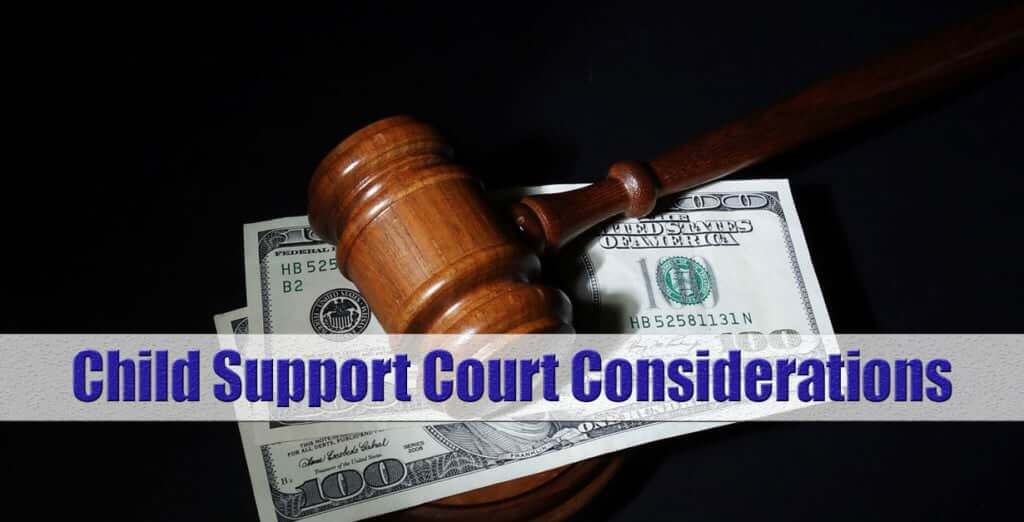As a Long Island Family Law Attorney I know divorcing or divorce couples have many questions about how much they will have to pay or will receive in child support payments. Divorce and Child Support on Long Island is governed by New York state law. Under New York law, every parent has an obligation to provide financially for his or her children. This obligation continues even after parents are split up or divorced. It is often set forth in the form of court-ordered child support. Although there is a statutory formula used to determine the amount of child support that must be paid, there are factors that a court can consider in order to deviate from that formula amount. The following is a discussion of some of those factors that might be considered.
What Is Child Support?
Child support is the financial support that is provided by a non-custodial parent for the needs of the child or children, including basic needs such as food and clothing, medical and educational expenses, child care costs, and health insurance.
New York Child Support Formula
New York law provides a formula for calculating each parent’s financial responsibility to his or her children. This law is called the Child Support Standards Act, or CSSA. The formula takes into account the income and expenses of each parent, as well as the number of children, in order to calculate each parent’s share of responsibility. The law considers each parent’s share of the combined parental income, and uses that percentage to decide the amount for which each party will be responsible. Each individual’s income is calculated based upon gross income, which is reflected in the most recent tax return, as well as other income such as disability payments, rental income, and other government or employment benefits. A court will also consider other types of income (for example, gifts or lottery winnings) in determining the amount.
Courts in Nassau and Suffolk Have Discretion
However, in addition to gross income, the court has discretion to look at the overall needs and resources of the family. Although the court is required to use the formula, it has the ability to adjust the formula if it finds that the result is unfair or inappropriate considering all the circumstances involved. Because the court can use discretion when determining parent’s resources, a New York appellate court recently determined that the lower court should have considered stepparent income in its formula.
In that case, the non-custodial parent of a child was the father, who later remarried and had two children. The father had paid his court-ordered support in the amount calculated under the formula. The father argued to the court that the payment was too burdensome considering he had two other children at home to care for and provide for financially. The lower court lowered his payment amount. However, an appellate judge found that the resources of both households should have been considered when determining a child support obligation. Particularly, the court determined that the father’s wife’s income and resources should have also been considered in order to determine whether the father’s child support payment amount was fair.
Adjustments for Low (and High) Income
A court can also deviate from the formula when the combined parental income falls below the poverty level or, conversely, exceeds $143,000.00. In such a case, the court may still use the percentages set forth by CSSA, but it is not required to. If a parent’s income falls below the poverty income guideline, the minimum amount for basic child support is $300 per year. Above the $143,000.00 threshold, the Court will consider any and all of the parents’ financial resources, any additional or special needs of the child, and other factors it determines to be relevant. In other words, a court has broad discretion to decide what it believes is fair and just. This means that a higher percentage of income could be ordered in order to support the child, as there is more discretionary income available in these cases.
Is Your Ex Purposely Hiding Income or Underemployed?
Another consideration for the child support formula comes into play if one spouse is unemployed or underemployed. If you are concerned that your ex has more income than he or she is reporting, resulting in an unfair child support payment amount, it is possible that a court will look further into his or her income. A court has the ability to impute the income of a noncustodial parent in cases like this. The imputation of income mechanism may be used by the court in instances in which it appears to the court that an individual is attempting to avoid child support obligations by remaining unemployed or underemployed.
Contact a Long Island Family Law Attorney to Discuss Child Support Modifications
Finally, a custodial or noncustodial parent may petition the court for a modification of his or her child support arrangement. If you believe you may be entitled to a modification in your child support obligation, and you are a resident of Nassau or Suffolk County on Long Island, call our office today at 631-923-1910 for a free child support consultation. The experienced attorneys at the family law firm of Hornberger Verbitsky, P.C. routinely handles child support and child custody and visitation matters and can provide you with the guidance and skill needed to navigate the legal system and obtain the best results possible for you under the law.
Download Your Free New York Divorce Guide
Our 41-page “Guide to New York Divorce: What You Need to Know Before Hiring a Divorce Lawyer in New York” written by an experienced family law lawyer, Long Island’s Robert E. Hornberger, Esq., provides you with real information on the divorce process and the laws it rests upon in the state of New York. This book will help give you a solid foundation upon which you can begin the process of making your family’s, life better.
